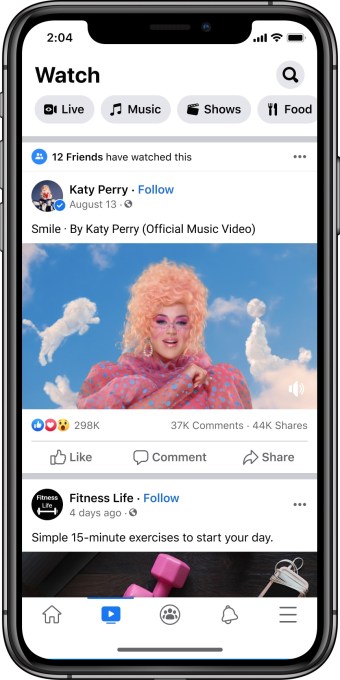Disrupt 2020 is all about helping startups find and create ways to drive their business forward in these most challenging times. We partnered with cela to give exhibitors in Digital Startup Alley one sweet opportunity — networking with 13 accelerators.
If you’re exhibiting — or plan to — don’t miss out on your chance to meet with up to 13 accelerators and pre-interview for their upcoming virtual cohorts. The first in our series of accelerator sessions — where you’ll gather information and pitch your product — takes place next week. Here’s everything you need to know.
Date: September 8
Time: 1 p.m. – 3 p.m. (PT)
Accelerator focus: The following four accelerator programs are designed for the more established startups. You have a customer base. If that describes your startup, review the accelerator websites below. If you’re interested in scheduling a meeting — and you meet the program’s requirements — you can register now on CrunchMatch.
Participating accelerators
- NUMA helps early and growth-stage international tech startups fast-track their growth and scale in the U.S. through virtual and in-person startup acceleration programs. You’ll find application requirements here.
- Techstars helps grow entrepreneurial ideas into world-changing businesses. You’ll find application requirements here.
- Entrepreneurs Roundtable Accelerator combines seed capital and hands-on help with an expert team to positively impact the trajectory of early-stage startups. You’ll find application requirements here.
- Plug and Play’s health program connects the best startups in the world to corporations that want to disrupt the healthcare industry. You’ll find application requirements here.
It’s not too late to take advantage of our accelerator speed networking sessions and reap the benefits that come with exposing your startup to thousands of Disrupt attendees from around the world. Simply purchase a Digital Startup Alley Exhibitor Package, and you’re eligible to meet and potentially pitch your way into an accelerator cohort that could change the trajectory of your business.
None of the above-mentioned accelerators fit your startup? Don’t worry, we have two more accelerator sessions on tap.
Date: September 9
Time: 1 p.m. – 3 p.m. PT
Accelerators: She Gets Sh!t Done, Halo Incubator, Startup Boost Pre- Accelerator, Global Startup Ecosystem (Her Future Summit)
Date: September 10
Time: 1 p.m. – 3 p.m. PT
Accelerators: Plug and Play (IoT), Backstage Capital, Plug and Play (enterprise tech), StartEd Accelerator, Quake Capital
Don’t miss your chance to connect with accelerators — and apply to their virtual programs. The first opportunity takes place on September 8, and it’s available only to startups exhibiting in Startup Alley at Disrupt 2020. Want in? Grab a Digital Startup Alley Exhibitor Package today and crack open a giant can of possibility.
Is your company interested in sponsoring or exhibiting at Disrupt 2020? Contact our sponsorship sales team by filling out this form.
Powered by WPeMatico










